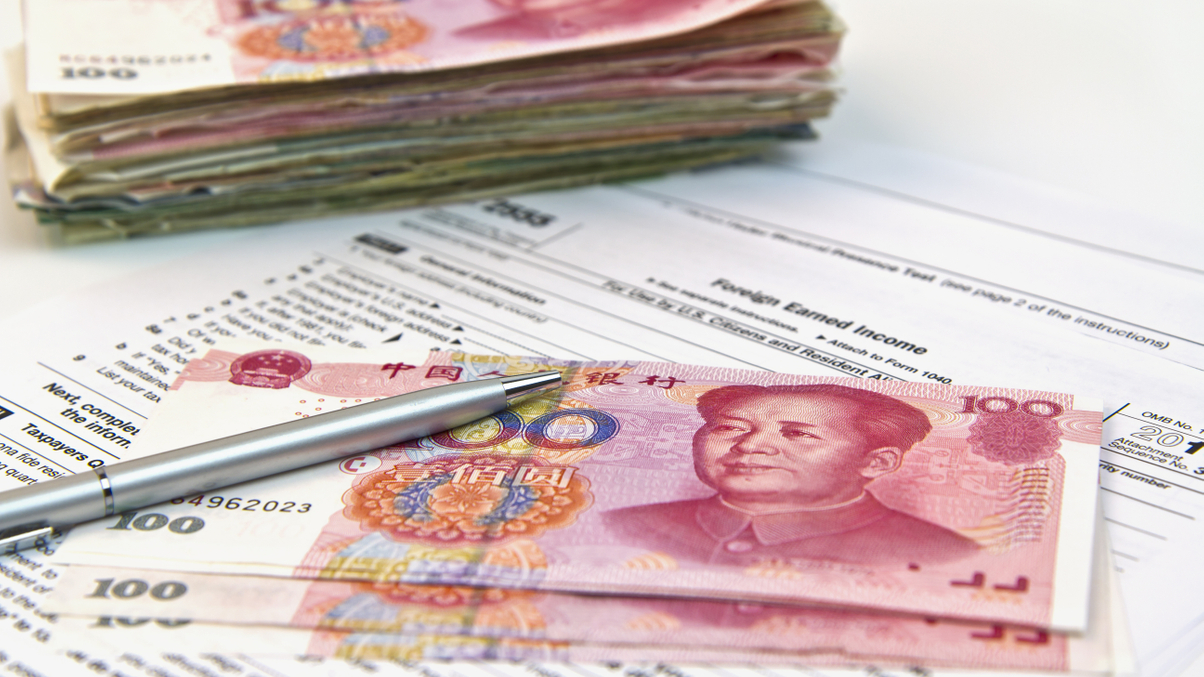QFII investors struggle with taxes as deadline looms
QFII and RQFII investors are facing difficulties in collecting tax certificates from onshore listed companies in China, which they are required to do to meet a July deadline for filing their returns.

QFII and RQFII tax filings are becoming a major compliance burden for investors, who are being urged to complete the paperwork soon in order to hit the summer deadline.
Sign In to Your Account
Access Exclusive AsianInvestor Content!
Please sign in to your subscription to unlock full access to our premium AI resources.
Free Registration & 7-Day Trial
Register now to enjoy a 7-day free trial—no registration fees required. Click the link to get started.
Note: This free trial is a one-time offer.
¬ Haymarket Media Limited. All rights reserved.


